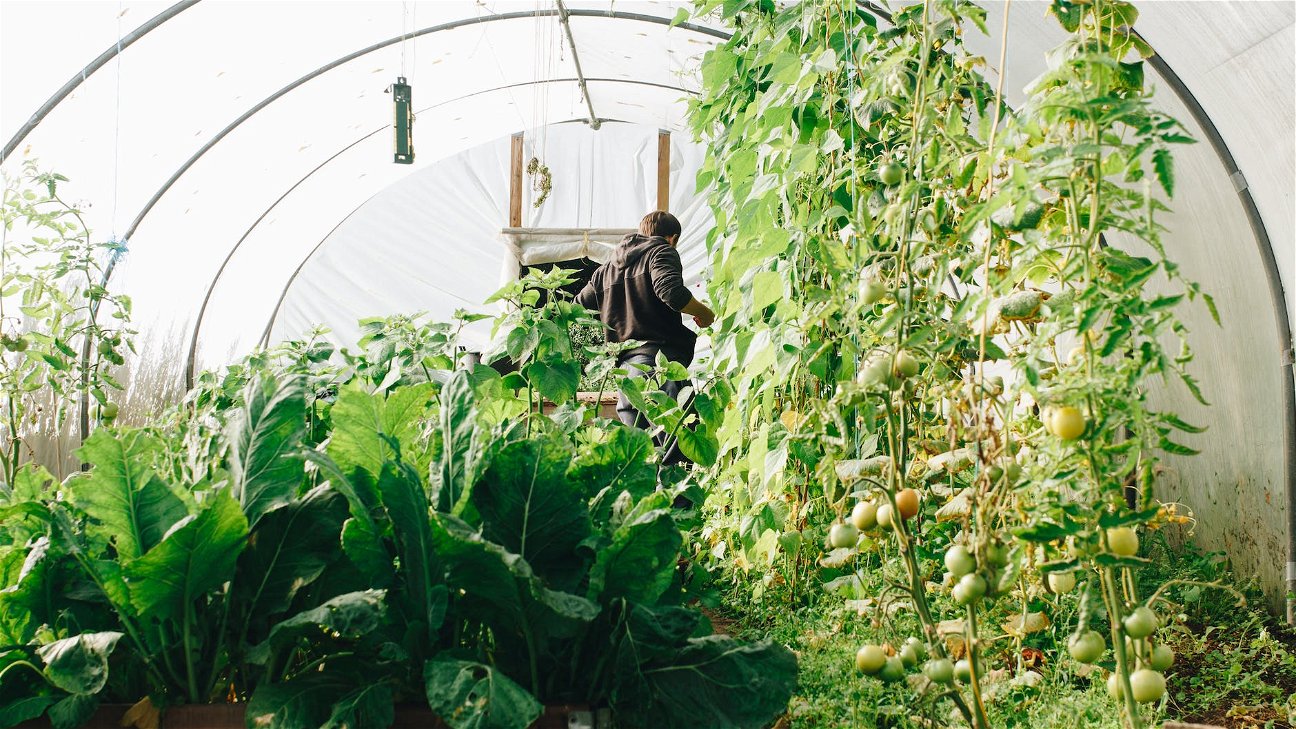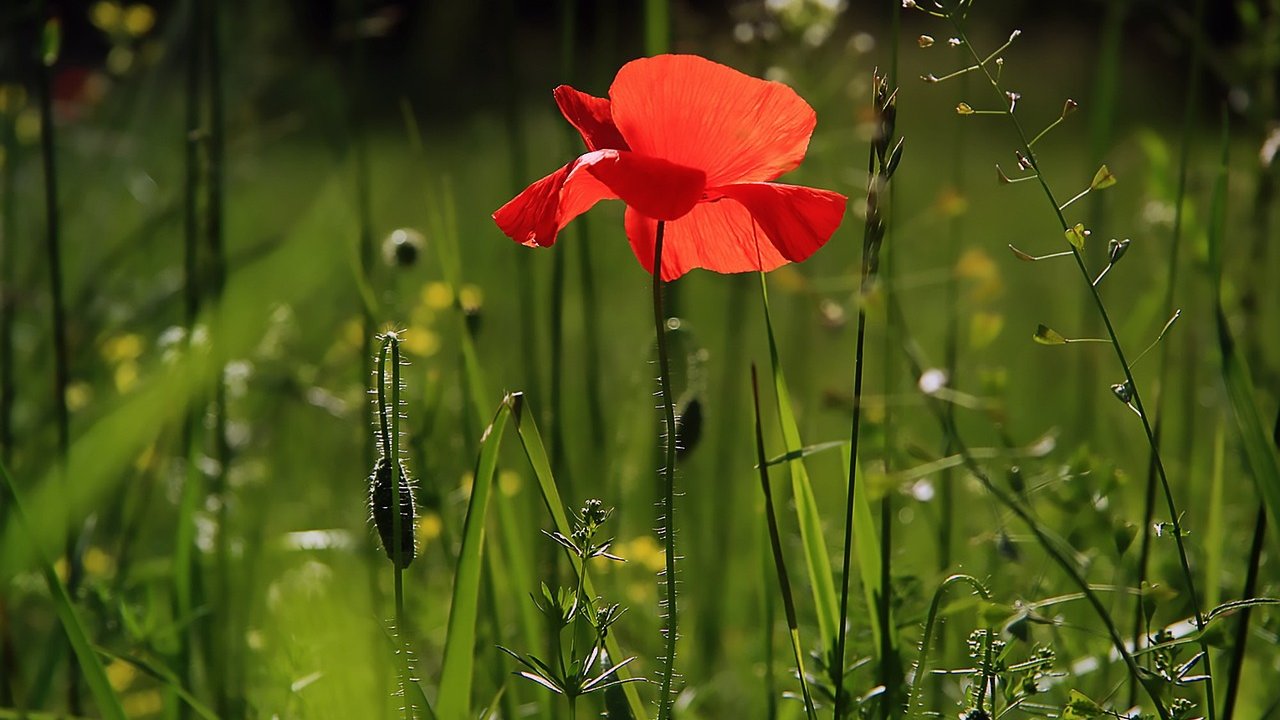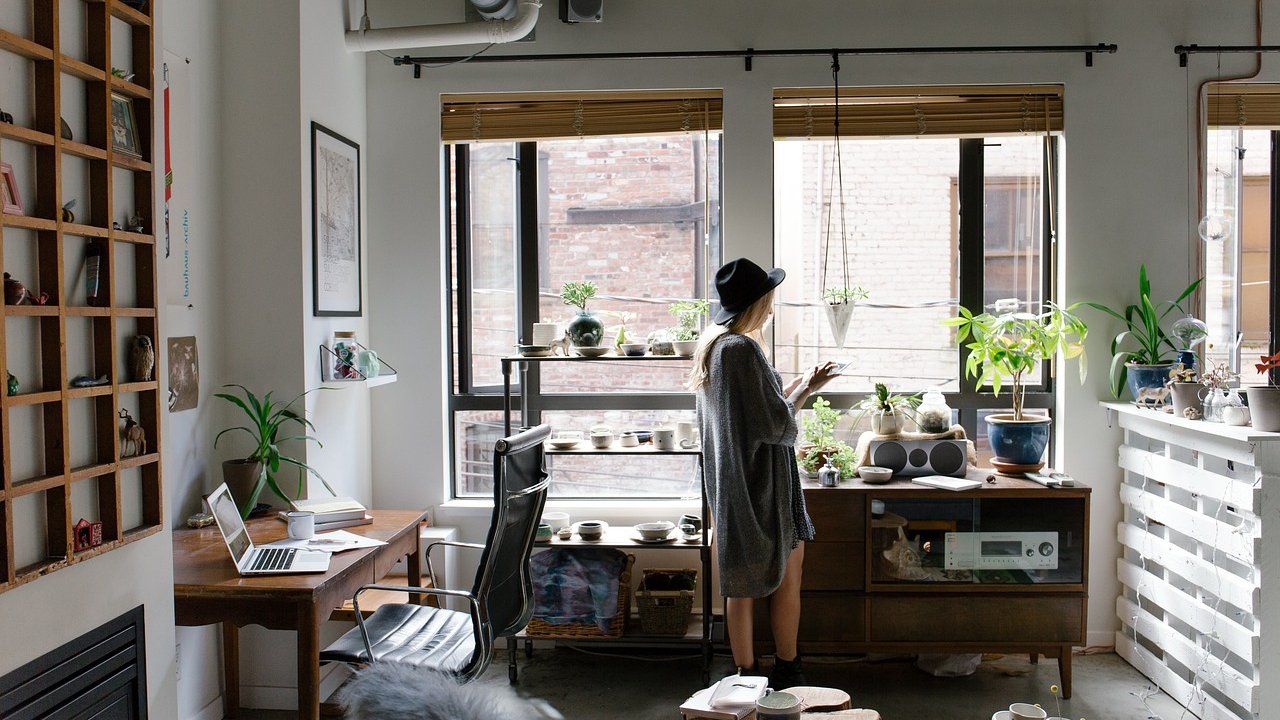
Indoor bonsai trees have become increasingly popular due to their petite size and ease of care. However, to truly master the art of cultivating these miniature masterpieces, understanding their needs and growth habits is essential. This article will guide you through the key aspects of caring for indoor bonsai trees and provide tips to enhance their aesthetics.
Choosing the right bonsai tree
When starting with indoor bonsai, it's important to choose the right tree. Not all trees are suited for indoor conditions, but there are some reliable options. Some popular choices for indoor bonsai include Ficus, Jade Plant, and Chinese Elm.
Watering and feeding your tree
Watering is a crucial part of indoor bonsai care. It's key to keep the soil slightly moist but never waterlogged. Most indoor bonsai trees require watering once a week, but this can vary based on the tree type and indoor conditions. Feeding your bonsai with a balanced fertilizer every two weeks during the growing season will help it stay healthy and vibrant.
Pruning and shaping
Pruning is essential to maintain the bonsai's shape and promote healthy growth. Besides, every cut is a statement of your aesthetic vision, so pruning requires careful thought. The art of bonsai shaping involves training the tree branches using wire and regularly trimming to maintain the desired design.
Repotting and soil
Indoor bonsai trees should be repotted every two years to ensure they have enough space to grow. When repotting, use a bonsai-specific soil mix that drains well. The right soil mixture is crucial as it provides the proper balance of water retention, drainage, and aeration.
Disease prevention
Bonsai trees can be susceptible to certain pests and diseases. Regularly check your bonsai for signs of disease and treat any issues promptly with appropriate remedies.
Aesthetic tips
When it comes to aesthetics, the key is to create a sense of balance and proportion between the tree and its pot. The tree’s height should be roughly three times the height of its pot. Moreover, the tree should be placed off-center for a natural and pleasing look.
Final thoughts
Cultivating an indoor bonsai tree is an art that requires patience and attention to detail. But with the right care and aesthetic styling, your bonsai can become a stunning centerpiece and source of relaxation in your home. Just remember, each tree is unique and requires specific care — just like any other living thing. With the right knowledge and dedication, you can cultivate a beautiful indoor bonsai tree that thrives.











